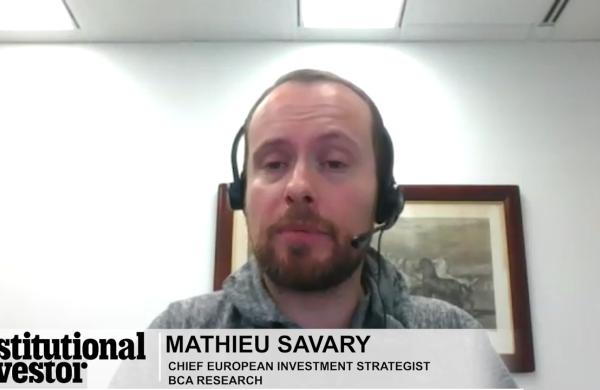Almost the entire stock market is ailing, but health care REITs have rarely looked better.
By Howard Rudnitsky
December 2001
Institutional Investor Magazine
In a dismal market for U.S. equities, real estate investment trusts have delivered a solid performance. The sector returned 5.4 percent through October, versus a 17 percent decline for the Standard & Poor's 500 index.
But one REIT sector left its peers in the dust. Nine health care REITs, landlords of hospitals, clinics, nursing homes and other facilities, returned 51 percent through October.
What explains the group's outstanding performance? Credit a congressional booster shot in the form of 1999 and 2000 legislation that is restoring an estimated $2.5 billion in Medicare reimbursements to health care operators. In addition, health care REITs have benefited from the perception that smaller, private health care property owners, lacking access to the capital markets to fund expansion, will be forced to sell out to their larger, publicly traded rivals. So far that has happened less than expected, but investors are convinced that it will. "It seems to be trending in the right direction," says Merrill Lynch & Co. REIT health care analyst Douglas Simpson.
Three firms dominate the category. With $2.8 billion in health care assets, Newport Beach, California-based Health Care Property Investors ranks as the clear market leader. Healthcare Realty Trust of Nashville, Tennessee, with $1.6 billion in assets, and Nationwide Health Properties, also of Newport Beach, with $1.38 billion in assets, are the No. 2 and No. 3 players.
Back in 1997 Congress slashed Medicare reimbursements, a move that especially hurt nursing home operators that depended on the government to help cover their costs for expensive but profitable services like physical therapy. Realizing the cuts were overdone, Congress passed the November 1999 Balanced Budget Refinement Act and the December 2000 Benefits Improvement and Protection Act to restore many of the reimbursements.
Although earnings took a hit, no health care REITs failed in the wake of the 1997 cuts. But the market value of publicly traded nursing home companies plunged 77 percent.
Health care REIT shares were affected as well. Says Kenneth Roath, founder and chairman of Health Care Property Investors: "In 1999 our shares had fallen to a five-year low of 22, even though we have had record earnings every year. Today, even though it has bounced back to 38, our stock still hasn't quite regained its 1997 high of just over 40."
Shares of HCPI recovered early last year because of its high-quality nursing care properties and the favorable legislation. Its nursing care properties - 28 percent of the portfolio - weren't as badly affected as others that had aggressively sought government reimbursement for costly services.
On the deal front investors still expect that big, publicly traded REITs will be able to acquire a large volume of long-term-care facilities with cash returns (or yields) of 12 to 13 percent, versus an estimated cost of capital of 10 to 11 percent.
At current high stock prices, says Warner Griswold, an analyst at Green Street Advisors in Newport Beach, California, "you are expecting REITs to be doing more deals yielding 12 to 13 percent." Instead, in the second quarter HCPI did a $126 million deal for a "nice portfolio of medical office properties," but with only a 10 percent yield. Although HCPI recently announced $82 million worth of acquisitions with a 12.1 percent yield, it expects future deals to be done at yields of 11 percent. In July Griswold reduced his long-standing buy recommendation on the group to a sell, with the exception of HCPI, which he rates a hold.
Merrill's Simpson, however, still likes HCPI, King of Prussia, Pennsylvania's Universal Health Realty Income Trust and Louisville, Kentucky's Ventas, even if they are not able to make any acquisitions. Ventas profits are growing 8 percent a year, he figures; the stock yields 8 percent as well.
"Put those together, and you've got a pretty attractive return," Simpson says.





